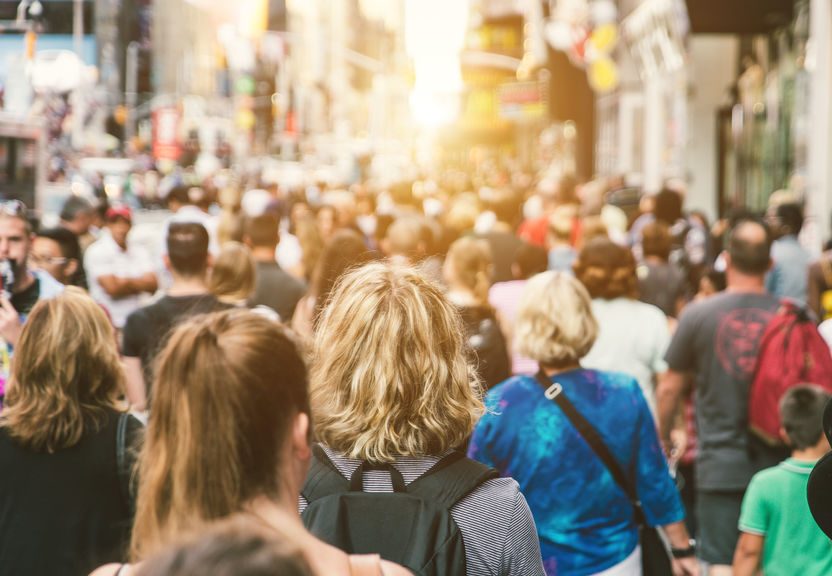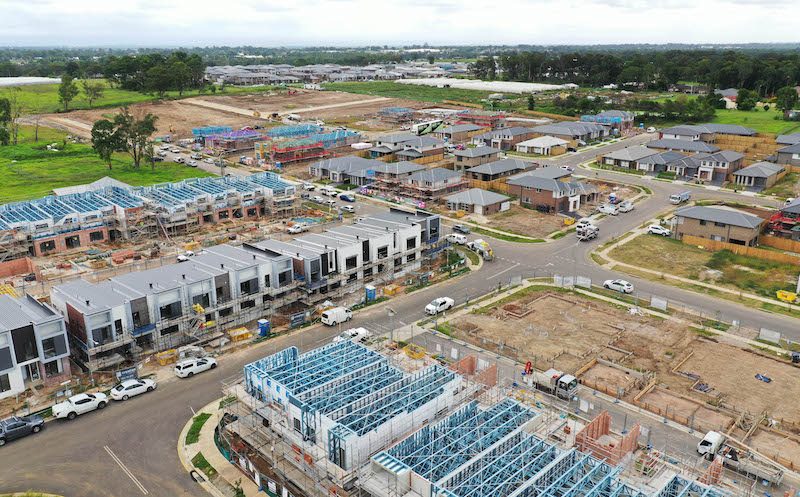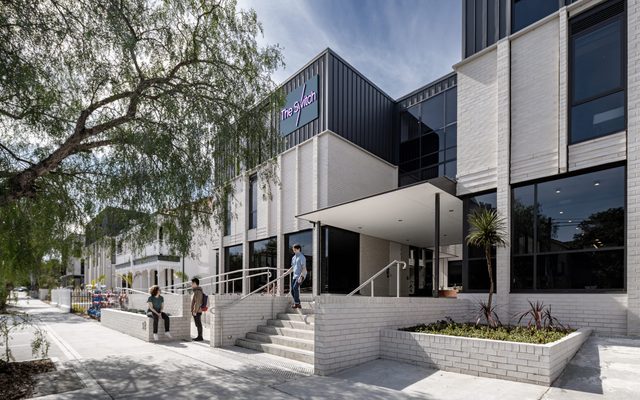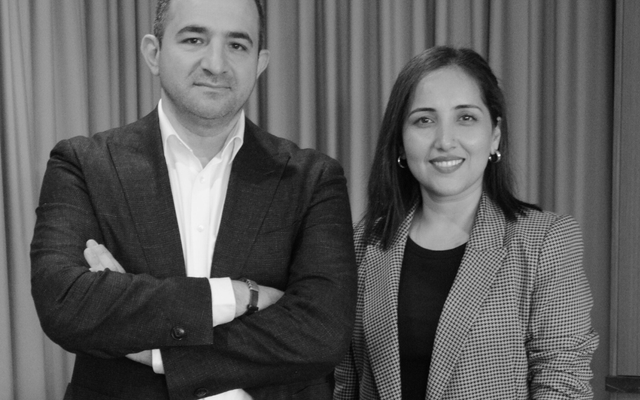This article is from the Australian Property Journal archive
DWELLING approvals numbers continued their volatility in September, falling 5.8% on the back of a fall in detached homes, whilst Australia faces up to an ongoing shortage of homes as the nation’s population continues to grow.
According to the Australian Bureau of Statistics (ABS), private sector houses fell 7.8% in the month and 10.4% annually to 9,628 in September, while apartment and townhouse approvals were down 1.8% and 16.8% respectively to 6,622.
September’s figures follow a 28% jump in August driven by apartments and townhouses, which in turn was the reply to an 18% drop in July, when approvals hit their lowest levels in nearly 10 years.
The number of dwelling approvals fell in most states in September. South Australia was down nearly 20%, Tasmania by almost 11%, Western Australia by 9.3%, NSW 8.8%, and Queensland 6.2%, in seasonally adjusted terms. Total dwelling approvals increased in Victoria by 3.4%.
All states saw detached home approvals fall.
The value of residential building fell 6.9% after a 19.5% rise in August. New residential building fell 14% to $6.576 billion and renovations and additions dipped 2.9% to $1.03 billion, while non-residential building lifted 3.7% to $4.87 billion.
The ABS’ new series tracking dwelling stock showed growth continued to slow over the June quarter to 1.4% year-on-year, staying in line with the downwards trajectory reported since peaking in the last quarter of 2018. Delays across Australia’s residential pipeline look likely to stretch into the new year as limits to materials and labour show little sign of easing, as completions continue to fall and the country readies itself for an increase in annual permanent skilled migrant intake from 160,000 to 195,000.
Housing Industry Association forecasts show around 196,000 new homes are predicted to start in 2022 and 2023, falling to around 185,000 in 2024 and 2025, but the National Housing Finance and Investment Corporation (NHFIC) is still expecting a shortfall of 163,400 dwellings by 2032.
In a bid to combat the housing shortage, the Albanese government has just unveiled the national Housing Accord, a scheme that would see one million new homes built between 2024 and 2029 in partnership between federal, state and territory governments, private investors and superannuation funds. While it has an expanded social housing component, that too, is expected to come up short.
The Housing Accord has been welcomed across the property industry for its intent, although there are doubts over whether the number of home will be enough to keep up with demand. Experts said the return of higher migration to address the labour shortage will push up rents and house prices further.
New Census population data released

Photo: Fabio Formaggio
New Census population data reveals people living in the capitals increased by 2.5 million (17%) between 2011 and 2021 and regional Australia grew by 832,000 (11%) over the same period.
The Census offers some idea of where the houses have been most in-demand across the country. Wollert in Melbourne’s outer north was the area with the largest growth between 2011 and 2021, with 24,200, and the region’s Mickleham-Yuroke grew by 22,200 people – and also had the highest growth rate in the country, of 1,400%– while Schofields East in Sydney’s outer north west was up 22,900 people with a growth rate of 960%, and North Kellyville in the same region was up 880%.
In Sydney’s west, Wentworth Point-Sydney Olympic Park was up 17,690, while Oran Park in the south west was up 17,500.
Outside of the capitals, Coomera on the Gold Coast grew by 11,500 people, and Pimpama, also on the Gold Coast, had the highest growth rate at 600%.
Elsewhere, Springfield Lakes in Ipswich grew by 13,500 people over the 10-year timeframe, Munno Para West-Angle Vale on Adelaide’s northern outskirts grew by 8,600 people, Baldivis-South in Perth was up 14,800 and Alkimos-Eglinton by 14,400, Kingston-Huntingfield in Hobart grew by 2,800, and Darwin’s Palmerston was up by 6,800.
People living in the capital cities increased by 2.5 million, or 17%, between 2011 and 2021, while regional Australia grew by 832,000, or 11%.
Of the capitals, Melbourne had the largest increase of people with 806,800, with Darwin the least at 19,700. Canberra had the highest growth rate, of 23%, and Adelaide the lowest at 11%.




